Mind-Boggling Conundrums in the Middle East
As we look to the future of the Afghanistan-Pakistan area, it’s important to understand the historic role of American geostrategic shenanigans. A shifting global economic balance and the fortunes of American arms manufacturers are further complicating matters.As we look to the future of the Afghanistan-Pakistan region, it’s important to understand the historic role of American geostrategic shenanigans.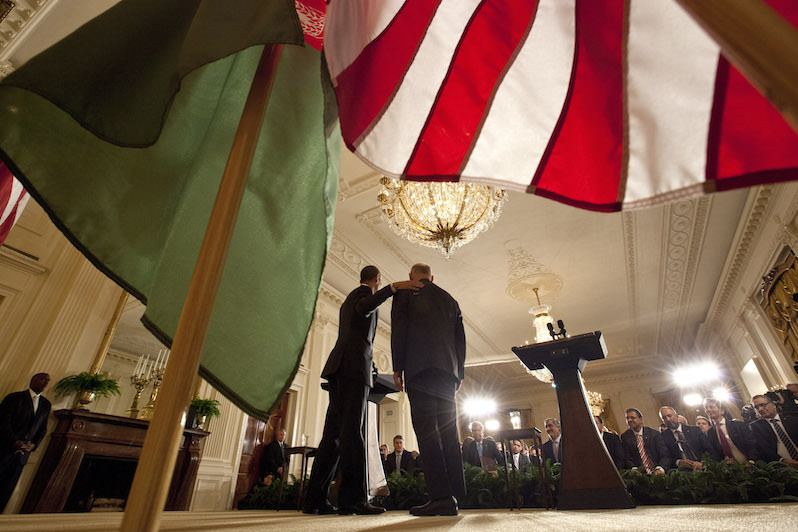 President Barack Obama, left, with Afghanistan's President Ashraf Ghani at the White House in March. (AP / Jacquelyn Martin)
President Barack Obama, left, with Afghanistan's President Ashraf Ghani at the White House in March. (AP / Jacquelyn Martin)
Editor’s note: This article is the latest in a series called Global Voices: Truthdig Women Reporting. The project creates a network of female foreign correspondents in collaboration with the International Women’s Media Foundation.
Click here to support the women of Global Voices with a tax-deductible donation.
The Obama administration has decided to go slow on its troop withdrawal program in Afghanistan. A substantial American military presence is expected to remain in this strife-stricken country until the end of 2015. President Obama said that this was necessary to make Afghanistan more secure.
However, geopolitics in this region is more complex than the American media make it out to be. Now is the time to set the record straight before a new conflict erupts in the Afghanistan-Pakistan (AfPak) area and ill-conceived explanations are offered to confuse public perceptions. To begin with, Americans should know that many of the wars in Asia have their roots in American geostrategic shenanigans.
How did the conflict in Afghanistan start 35 years ago? It was generally believed by the Americans and their allies as well as by the tightly controlled press in Pakistan at the time that the war was triggered when Soviet troops entered that beleaguered country on Christmas Eve 1979 looking for the shortest route to the warm waters of the Indian Ocean.
We now know the truth was something else. In fact, it was admitted explicitly by the architect of the plot, who described it as an “excellent idea” to “trap” the Soviets into their own “Vietnam War.” President Carter’s National Security Adviser Zbigniew Brzezinski revealed this “secretly guarded reality” several years later in an interview that Le Nouvel Observateur conducted in Paris in 1998. He said, “Indeed, it was on July 3, 1979, that President Carter signed the first directive for secret aid to the opponents of the pro-Soviet regime in Kabul. And that very day, I wrote a note to the president in which I explained to him that in my opinion this aid was going to induce a Soviet military intervention.”
And it did. American aid to the Islamist mujahedeen was a calculated move to destabilize the Socialist People’s Democratic Party of Afghanistan government in Kabul and thus put pressure on Moscow. Hence the invasion.
Brzezinski gloated about his strategy of presenting an “unsupportable” conflict to the Soviet leadership that brought about the “demoralization and finally the breakup of the Soviet empire.”
Thus was launched the latest phase of the Great Game. It has still to draw to a close. It has brought a great deal of devastation to Pakistan, which is equally responsible for becoming a willing but duplicitous partner of American realpolitik in the region. The fundamentalists’ resistance of yesterday spawned the terrorism of today. This would, however, not have been possible without America’s assistance.
Remember “Charlie Wilson’s War” and the millions of dollars spent on glorifying jihad against the godless communists? Even the Afghan toddlers in refugee camps were not spared. Primers prepared by the University of Nebraska-Omaha were used to teach them the alphabets with war images. They learned that J (jeem) stood for jihad, B (bay) for bomb and K (kaaf) for Kalashnikov. Many of these children grew up to be suicide bombers.
With the rise of militant Islam and the reassertion of Russian power, not many Americans have reason to feel inspired by Brzezinski’s vision that considered the liberation of Central Europe and the end of the Cold War more important to the history of the world than the rise of the Taliban, the members of which he dismissively referred to as “some stirred-up Muslims.”
The U.S. has been behaving like the circus juggler who adeptly throws a number of colored balls in the air without allowing any of them to hit the ground. This suits the reigning administration because as the public attention is glued on the balls, the real motives — sometimes deleterious to the American people — remain concealed. There are foreign policy contradictions, but there is also room for manipulation to protect some economic and political vested interests.
After the collapse of the USSR in 1991, when Brzezinski’s job was done and the Taliban had seized control of Afghanistan, the Clinton administration became a player in the oil diplomacy of that period. Clinton’s camp did not recognize the Taliban-led government in Kabul but did not disengage fully from that country either. A Taliban delegation was granted visas to visit Texas in November 1997 to negotiate, with the American oil firm Unocal, a deal for laying the 1,300-kilometer pipeline across Afghanistan to carry gas from Turkmenistan to Pakistan. Unocal was hopeful of winning the contract and had commissioned the University of Nebraska to train 140 Afghans for the project. State Department officials also met with the Taliban delegates, who sought Washington’s recognition of their government probably as a quid pro quo maneuver. The deal never materialized because a number of American feminist groups, provoked by the Taliban’s misogynist policies, mobilized public opinion against Unocal. This drama was being enacted at a time when Afghanistan remained a hotbed of terrorism.
Fast forward to the second decade of the 21st century. America’s juggling act continues in the Middle East and the AfPak region. Many of the governments there — most of them autocratic and fascist — play a double game that victimizes their own people. As the sole superpower in the region, the U.S. holds the initiative, and being a partner of the regional players who spawn violence, the U.S. must share the blame.At the center of this power politics is Saudi Arabia, a protégé of the U.S. Its brand of Islam tolerates nothing short of its state-sponsored Wahhabism, which is sectarian and parochial in approach. With zero tolerance for dissent and diversity, the only feasible solution in Saudi perception is the decimation of Shiites wherever they may be. The Alawite Syrian rulers, Shiite majority in Iran and the Shiite minority in other countries (20 percent in Pakistan) are anathema to the Saudi kingdom. It is not just religion but sect that shapes the Saudi worldview and strategy. The U.S., which is ostensibly sensitive to human rights violations, turns a blind eye to Saudi aberrations. Hence the contradictions.
Washington worked for regime change in Saddam Hussein’s Iraq and Bashar al-Assad’s Syria. In the first case it invaded the country, and in the second it helped the rebels. The American adventure ended in disaster, spawning a formidable Islamic State in Iraq and Syria. Iran, part of the “axis of evil” for George W. Bush, is now being wooed by President Obama. The nuclear deal that is on the table would ease the sanctions imposed on Tehran. Riyadh is displeased.
Sectarian killings by extremists have spawned violence and insecurity in Pakistan, where multiple sects have existed peacefully within the population for centuries. Many in Pakistan believe that terrorism is fueled by the proliferating madrassas (seminaries) funded by sponsors in Saudi Arabia, though the kingdom is one of Islamabad’s staunch allies. Recently such charges were leveled against Riyadh by government leaders in Islamabad. This is a seemingly confusing scenario in which the age-old dictum of “my friend’s enemy is also my enemy” does not apply. The U.S. is a party to this confusion by virtue of its own relationship with Riyadh. We will have to wait for another Brzezinski before we know the truth.
Two aspects of international politics may provide a clue. One is the shifting global economic balance, which has infused a sense of vulnerability in the U.S. The second is the quest of American arms manufacturers to expand their market outside Europe, where sales are shrinking.
America’s main concern today is the emergence of China as a growing economic power. It also worries about the threat to the petrodollar arrangement that the U.S. created with OPEC (Saudi Arabia being the leading member) in 1971 and that has propped up the U.S. currency for over four decades. Any ruler of an oil-producing state who has spoken of quitting the petrodollar system for oil trading has met a terrible fate — be it Saddam Hussein of Iraq or Moammar Gadhafi of Libya. Since Iran began trading partially in euros at its newly launched international oil bourse in Kish, its troubles with the U.S. on nuclear issues seem to have become never-ending. It would be interesting to watch the working of the Kish bourse now that a framework agreement on a nuclear deal with Iran has been announced.
The impact of the arms manufacturers on U.S. foreign policy should not be underestimated. According to IHS Jane’s last year the American weapons producers sold $23.7 billion worth of arms to various countries all over the globe. For them Saudi Arabia assumed great importance as it emerged as the largest arms importer purchasing defense equipment costing $6.5 billion. A huge chunk of this came from the United States. Arms manufacturers have a reputation for stoking the fires of conflict.
These interrelationships create a conundrum-ridden scenario in the region that is mind-boggling. Could arms and petrodollars account for these quandaries?
Your support matters…Independent journalism is under threat and overshadowed by heavily funded mainstream media.
You can help level the playing field. Become a member.
Your tax-deductible contribution keeps us digging beneath the headlines to give you thought-provoking, investigative reporting and analysis that unearths what's really happening- without compromise.
Give today to support our courageous, independent journalists.

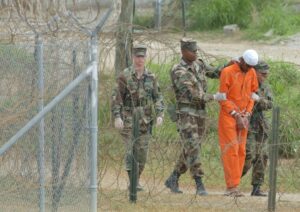

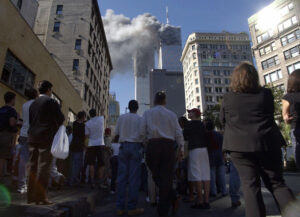

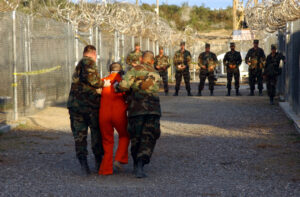
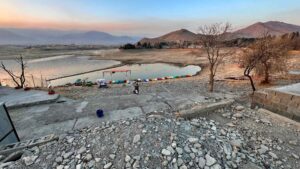


You need to be a supporter to comment.
There are currently no responses to this article.
Be the first to respond.